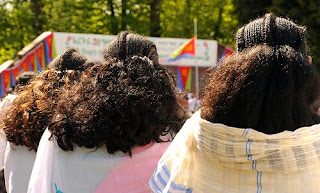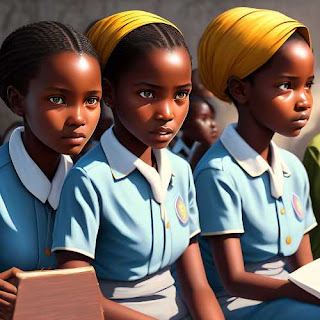Illegal Love Being Gay in Africa
Being homosexual in certain African countries means your relationship is illegal, gay-rights activism is unlawful, and prison sentences or worse could be lawfully carried-out by family, neighbors, the police and even strangers. Illegal Love Being Gay in Africa Being Gay in Africa, the severe suppression on homosexual relationships is not restricted to Nigeria, The Gambia, Uganda, and Kenya. Numerous African countries criminalize homosexual relationships, with penalties ranging from misdemeanors to death sentences. Currently, there are two countries in Africa where being homosexual could legally carry a death sentence. One African country allows legal same-sex marriages and civil unions, South Africa but life is still difficult if you are gay Junior Mayema was enrolled in law school and hiding his sexual orientation in his hometown Kinshasa, Democratic Republic of the Congo (DRC). Mayema’s mother publicly denounced him as evil and tried to kill him plotting to inject ...

.jpg)







